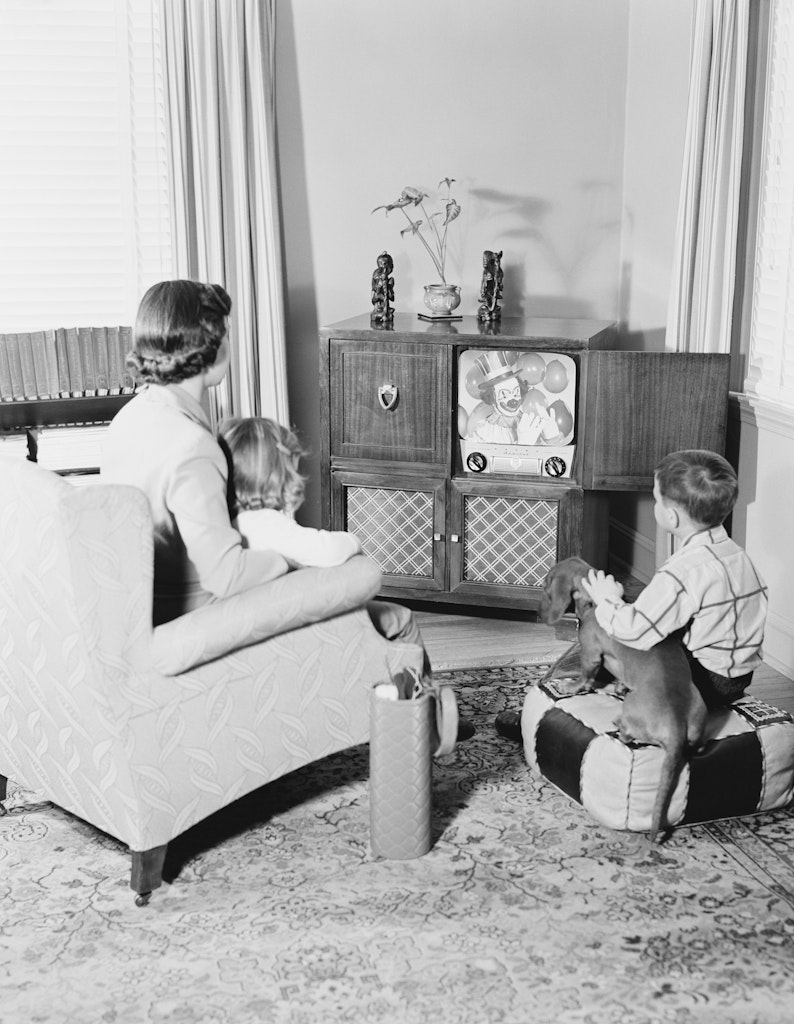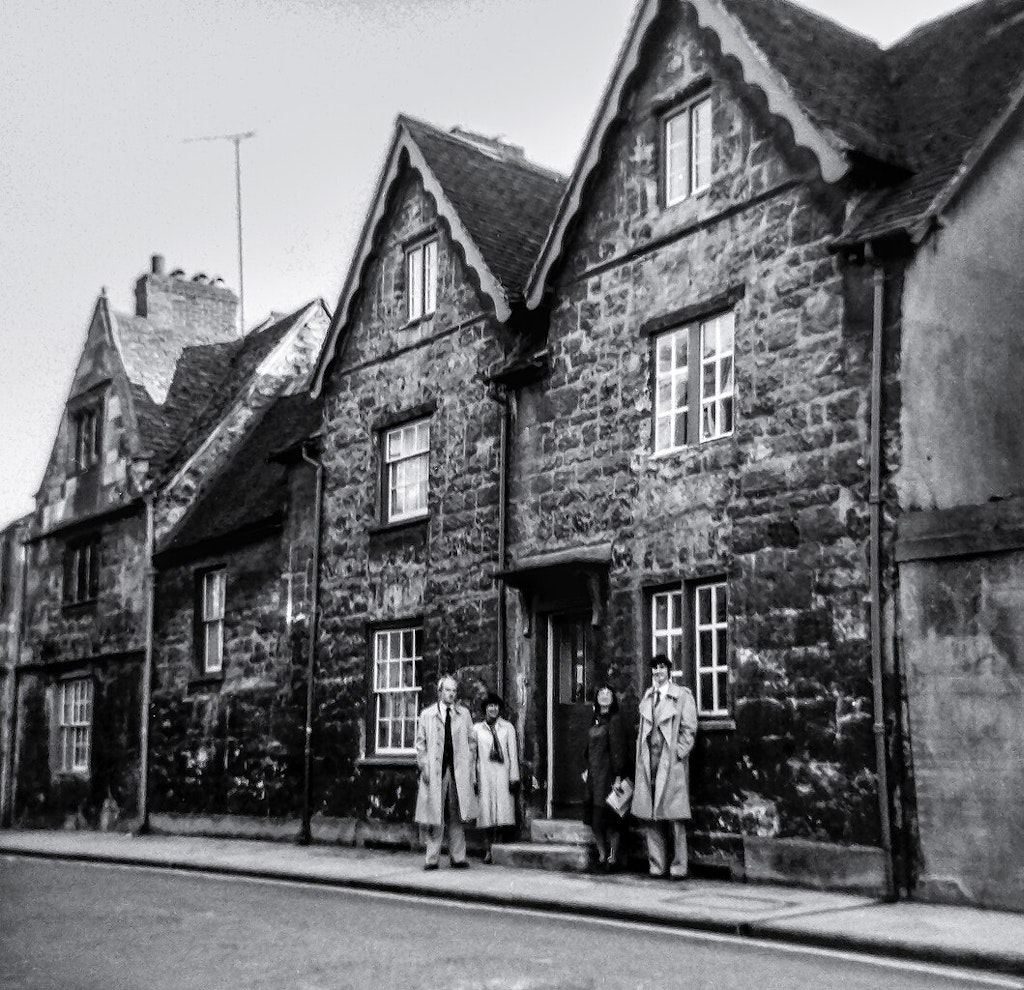Long players
As long as the fans are alive, it seems that a band can keep going
This article is taken from the October 2021 issue of The Critic. To get the full magazine why not subscribe? Right now we’re offering five issue for just £10.
When Don Everly died in August, and Charlie Watts died three days later, the obituaries revealed that there were only four years between them.
This felt like some fundamental disruption of chronology. Sure, they were both obviously old (Watts was 80, Everly was 84), but they seemed to belong to entirely different epochs, the Everly Brothers divided from the Rolling Stones by a generational chasm.
If the Everlys had announced the arrival of the teenager, the Stones were the ascent of a full-blown youth culture
Actually, the Everlys’ first UK hit was “Bye Bye Love” in 1957, and the Stones arrived with “Come On” in 1963. A little over half a decade, barely more than a heartbeat. Listening to them both again, though, I could understand my confusion. They’re both songs of pining for the girl who’s left you, but they might as well be dispatches from different stars in terms of attitude.
The Everlys’ track is jaunty, wistful. The lyrics are sad (“I’m through with romance, I’m through with love”) but sweetened by the gorgeous two-part harmonies. Like all their early songs, it’s terribly, terribly teenage. Actually, Don was 20 when the hits started coming and his brother Phil was two years younger, making them too old for the high school vignettes they sang — crushes, classroom bullies, drive-ins — but they didn’t sound it. Baby-faced and clean-cut, they didn’t look it either.
It’s easy to think the Everlys must have seemed anodyne at the time. Not at all: in Boston, their song “Wake Up Little Susie” was the subject of a ban, the city’s censors unable to believe that Susie had missed her curfew for no juicier reason than nodding off in the car during a movie.
Later, Don would confess that he found it all absurd. “Where were people’s heads?” he said wonderingly in a 1986 interview. But this was the 1950s, and the teenager was a new and perturbing phenomenon.

And while the Everlys were hardly Little Richard or Jerry Lee Lewis (their music derived more from Appalachian folk rather than rhythm and blues), they also weren’t entirely distant from that overheated, hormonal vibe. The words of “Wake Up Little Susie” didn’t say too much, but the urgency of the music told a story: “What are we gonna tell our friends when they say, ‘Ooh la la’?”
Still, you had to read sex into the Everlys. The Stones screamed it. “Come On” is a howl of horniness — raucous, sneering and priapic, held together by Watts’s drumming. If the Everlys had announced the arrival of the teenager, the Stones were the ascent of a full-blown youth culture. They weren’t just pushing at the boundaries suggestively until they grew up and settled down: they were an all-out rebellion against whatever expectations were imposed.
There are a few reasons for the Everlys’ difficult, stuttering career after the mid-sixties, not least that Don and Phil often hated each other bitterly. But then, the Stones fell out at times too. The story of Watts punching Jagger for calling him “my drummer” was repeated in many of the obits, and though it might be apocryphal, the intra-band tension it suggests was very real: the Stones fell out, and kept making music despite that.
It’s not a question of talent. The Everlys never lost their dead-on vocal abilities. And it’s not even a matter of style. You can hear the Everlys’ influence in the way Lennon and McCartney blended their voices.
Later, their countrified elements were absorbed by the Byrds and Gram Parsons — and, via them, into Stones songs like “Wild Horses”. But while the Everlys’ sound evolved without them, their image fixed them as teenage forever, while the Stones could keep going.
There’s no longer anything ridiculous about pop star longevity, because longevity is the norm now
It was a joke, at first, that the Stones carried on playing into middle age. In an article from 1994, the journalist, Rick Cohen, noted that with the success of the Voodoo Lounge tour, “what had been seen as an absurdity — the band members’ age — turns into triumph.”
At the time, the band were in their early fifties. According to mid-twentieth century expectation, that put them less than a decade shy of retirement and genteel irrelevance. But for the generation they belong to, this was barely halfway.
There’s no longer anything ridiculous about pop star longevity, because longevity is the norm now. Audiences don’t expect to keep their favourite acts as teenage relics, only bringing them out for the kind of nostalgia tours the Everly Brothers were doing in their last years of performing.
Now Abba have announced that they’ll be touring as holograms, sparing their seventy-something bodies the strains of going on stage: as long as the fans are alive, it seems that a band can keep going.
From the sixties onwards, pop music was something that could grow up with its audience, not just be grown out of. But for Don Everly, there was nothing to be done but watch as other people took up the teen idol mantle and turned pop stardom into a lifelong project, while he remained a heritage act: the Everlys could dabble in other genres, but never really convinced except as perfect fifties kids. Four years isn’t long, but it was enough time for a revolution.
Enjoying The Critic online? It's even better in print
Try five issues of Britain’s newest magazine for £10
Subscribe














